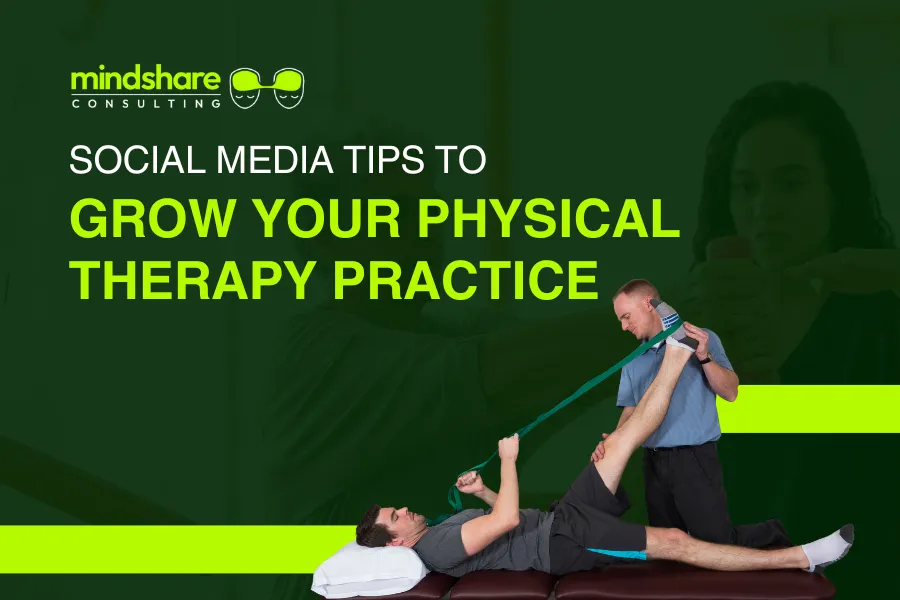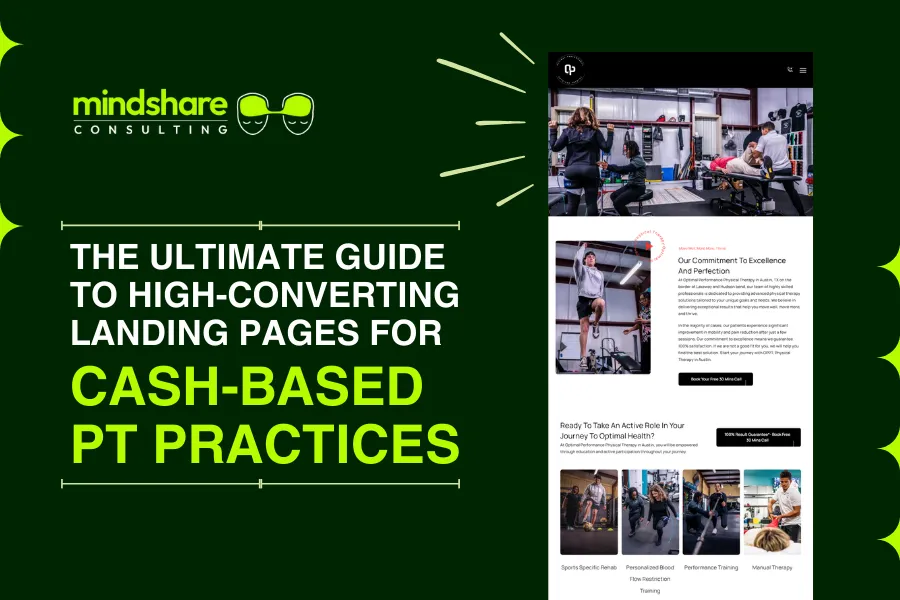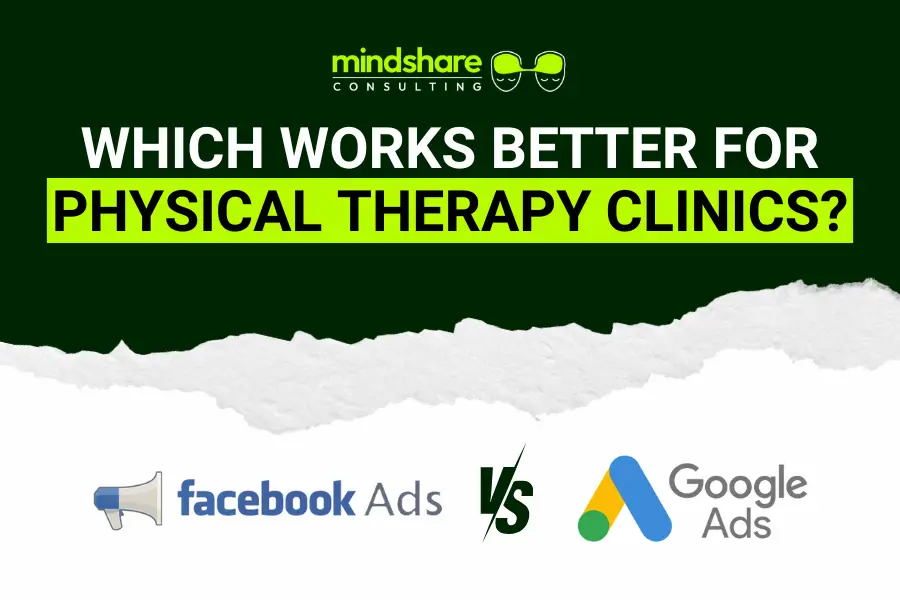When you visit a website, what makes you stay and explore or leave immediately? Chances are, it’s how easy and pleasant the site feels to use. This is where UX (User Experience) and UI (User Interface) come into play. The role of UX/UI in website conversion optimization is not just important—it’s essential for turning casual visitors into loyal customers.
Conversion optimization is all about encouraging users to take a desired action, such as making a purchase, signing up for a newsletter, or requesting a demo. UX/UI design influences every step of this journey. A well-executed website design that feels intuitive and engaging can dramatically increase your conversion rates.
In this detailed guide, we’ll explore why UX/UI matters so much, how it impacts conversions, and practical tips you can apply today. Plus, we’ll show you how partnering with experts like Mindshare Consulting Inc can help you achieve outstanding results.
What Is UX/UI? Why It’s the Secret Sauce for Conversions
Before diving deeper, let’s clarify what UX and UI mean, and why they are the backbone of conversion optimization.
User Experience (UX) is about the overall feeling and satisfaction a user gets when interacting with your website. It covers everything from how easy it is to find information to how quickly pages load. UX design focuses on making the journey smooth, intuitive, and enjoyable.
User Interface (UI), on the other hand, deals with the visual and interactive elements of your site—the buttons, colors, fonts, images, and layout. UI design ensures that the site looks appealing and that users know where to click or tap.
Together, UX and UI create a powerful combination. Great UX ensures users don’t get frustrated or confused, while great UI guides their attention and makes the site visually inviting. When done right, this duo improves user satisfaction and increases the chances of conversion.
For example, imagine an online store with a confusing menu (poor UX) and dull, hard-to-read buttons (poor UI). Visitors will likely leave without buying. But a site with clear categories, fast loading, and eye-catching “Buy Now” buttons will convert much better.
10 Actionable UX Tips to Maximize Conversion Rates
Optimizing your website’s user experience (UX) can be one of the most powerful ways to drive more conversions. Whether you’re aiming to increase purchases, boost sign-ups, or generate more leads, small design and functionality changes can significantly influence how users interact with your site.
UX-based conversion rate optimization (CRO) is never a one-size-fits-all strategy. It involves diving deep into your audience’s behaviors, pain points, and goals—then crafting an interface that supports their journey every step of the way.
Here are 10 practical UX-focused CRO tips to help you drive better outcomes from your digital experience.
1. Map Out Your Conversion Funnel and Identify Drop-Off Points
Start with the foundation—your conversion funnel. Each user moves through a series of steps before taking your desired action. Whether it’s subscribing, purchasing, or booking a demo, every stage in this funnel should feel seamless.
Use tools like Google Analytics 4, Hotjar, or EventTracker to uncover where users are dropping off. Focus on:
- Identifying key stages of the funnel
- Tracking micro and macro conversions
- Highlighting pages with high exit or bounce rates
- Fixing navigation bottlenecks
These insights reveal where user friction exists—so you can prioritize fixes and boost flow through the funnel.
2. Set Clear, Trackable Conversion Goals
Before optimizing, define what success looks like. Set SMART goals tied to specific business outcomes, such as:
- “Increase checkout completion rate by 20% in 3 months”
- “Boost free trial sign-ups by 15% this quarter”
- “Reduce cart abandonment by 10% over 8 weeks”
Your CRO efforts should align directly with these objectives. Use heatmaps, behavior recordings, and user surveys to validate if your changes are moving the needle.
3. Gather and Segment User Behavior Data
Data-driven decisions beat guesswork every time. Monitor how users engage with your website and break that data into meaningful segments—by traffic source, device type, user intent, etc.
Segmented insights help you:
- Spot underperforming content for specific user groups
- Personalize user journeys based on interest or behavior
- Deliver more relevant CTAs, messages, and design variations
The better you understand your audience, the better you can design for them.
4. Clarify Your Value Proposition
Your value proposition should answer a visitor’s internal question: “Why should I care?”
Craft messaging that is:
- Clear and concise
- Focused on benefits, not features
- Positioned to solve a specific pain point
- Visible within the first few seconds on key pages
Make sure this message stands out—especially on mobile—and resonates with the user’s intent. If visitors immediately grasp the value, they’re far more likely to convert.
5. Optimize Your CTAs and Use Persuasive Copy
Great UX copywriting persuades without pushing. Use the voice of the customer, proven persuasion frameworks, and emotional triggers to write messages that convert.
When it comes to CTAs:
- Use strong action verbs (e.g., Start Free Trial, Get My Discount)
- Communicate clear benefits
- Ensure button contrast and placement make them easy to spot
- A/B test button text, size, and location for performance
An effective CTA can make the difference between a bounce and a conversion.
6. Showcase Real Social Proof
Trust is a crucial part of user experience. Let your happy customers speak for you through:
- Verified customer reviews
- Case studies or testimonials
- User-generated content (UGC)
- Ratings and badges
Display reviews strategically across landing pages, product pages, and near CTAs. When others vouch for your brand, it reduces friction and uncertainty, making the decision to convert much easier.
7. Conduct Competitor Benchmarking
Knowing what your competitors are doing well—and where they fall short—can provide great inspiration for UX improvements.
Analyze their:
- Page structure and layout
- Funnel design and checkout flow
- Messaging and value positioning
- SEO keywords and performance
Tools like EventTracker, spyfu, and UserTesting can uncover gaps you can capitalize on, whether in design, copy, or functionality.
8. Test and Iterate with Real Users
The best UX decisions come from direct user input. Run:
- A/B tests on headlines, CTAs, page layouts
- Usability testing to see how easily users can complete tasks
- Heatmaps to identify engagement hotspots
Feedback loops are essential. Test, learn, and iterate continuously to create a better experience that moves users toward conversion.
9. Use Dedicated Landing Pages for Campaigns
When running ads or campaigns, don’t send users to your homepage. Instead, build focused landing pages tailored to the offer.
A high-performing landing page:
- Matches the ad message perfectly
- Contains minimal distractions
- Has one clear CTA
- Loads fast and looks great on mobile
Use landing page builders with analytics integration to rapidly test variations and optimize performance.
10. Make Accessibility a Priority
An inclusive website isn’t just the right thing to do—it’s smart UX. Accessibility expands your reach and improves the experience for everyone.
Implement accessibility best practices:
- Sufficient color contrast
- Alt text for images
- Keyboard navigation
- Captions or transcripts for media content
When your site is easy to navigate for users with all abilities, it naturally creates a smoother experience—and better conversions—for all visitors.
How to Track UX CRO Success
The final step is measuring your progress. Monitor KPIs like:
- Conversion Rate (CR)
- Bounce Rate
- Scroll Depth
- Session Duration
- Funnel Completion Rate
Combine quantitative analytics with qualitative feedback (like user surveys) to understand not just what’s happening—but why. That’s the true power of UX-focused CRO.
Conclusion: Ready to Transform Your Website?
Now that you understand the Role of UX/UI in Website Conversion Optimization, it’s time to take action. Your website is your most powerful marketing tool. If it’s not converting, you’re leaving money on the table.
Need help bringing your UX/UI to life? Connect with the experts at Mindshare Consulting Inc. We’re ready to design, test, and optimize your digital presence to get results.
Let’s build something brilliant.
FAQs
What is the role of UX in website conversion optimization?
UX ensures users have a seamless experience, increasing trust and reducing friction in the buying process.
How does UI impact conversion rates?
A clean, intuitive UI guides users efficiently to conversion actions like buying or signing up.
Is mobile design really that important?
Yes! Over 55% of users access websites via mobile. Poor mobile UX can kill your conversions.
What are some trust-building UI elements?
Security badges, testimonials, and clear CTAs all help users feel safe and ready to convert.
How do micro-interactions improve UX?
They give users feedback and boost satisfaction with small but meaningful visual responses.
What tools can help improve UX/UI?
Try Figma, Hotjar, and Google Optimize.
How often should I test my website's UX/UI?
Regularly! Monthly reviews and A/B testing can keep performance sharp.
What makes a good call-to-action (CTA)?
It’s visible, actionable, and tells the user exactly what will happen when they click.
Why is accessibility important in design?
It ensures every user, regardless of ability, can use your site—boosting inclusivity and conversions.
Can UX/UI changes really double my conversions?
Yes. With strategic design changes, many businesses have seen 2x or more conversion improvements.














